At first I would catch a lamb and sit her on my knee, stroking her head and fleece, and speak softly to her. This went on for three weeks. She would slowly sink into my embrace, close their little eyes and sigh deeply. My heart would hold them dear for a few minutes and then they would be set down, but not freed. Standing close to me was a little difficult for them at first, though as time passed, they also relaxed enough that bolting was not the first choice.
Then I brought some tasty treats, alfalfa, new grass, weeds and dandelions, and held it for them. The Shetlands were already comfortable enough that they came immediately. Gina, the Icelandic did not come at all. I caught her and held her again and it was as though she suddenly realized she was safe, and she gave in to her instincts and became my friend. The next day all of the lambs came to me running!
They will still require more work, and haltering will be a process, but then the lambs will remain tame and calm for the rest of our lives. They will be easy to shear, easy to milk, yes milk, and their lambs should also have no fear of me because their mothers will be so calm. Although this process will take a couple of months and twice daily visits, the results will last a lifetime for me, or rather the rest of my shepherd career.
Sitting peacefully among nature, holding a lamb, stroking its fleece and listening to its heart beating, has to be one of the most tranquil events one could behold, and I get to do this daily. I am so blessed here on the Fat Ewe Farm. I wish you were here to share this joy!

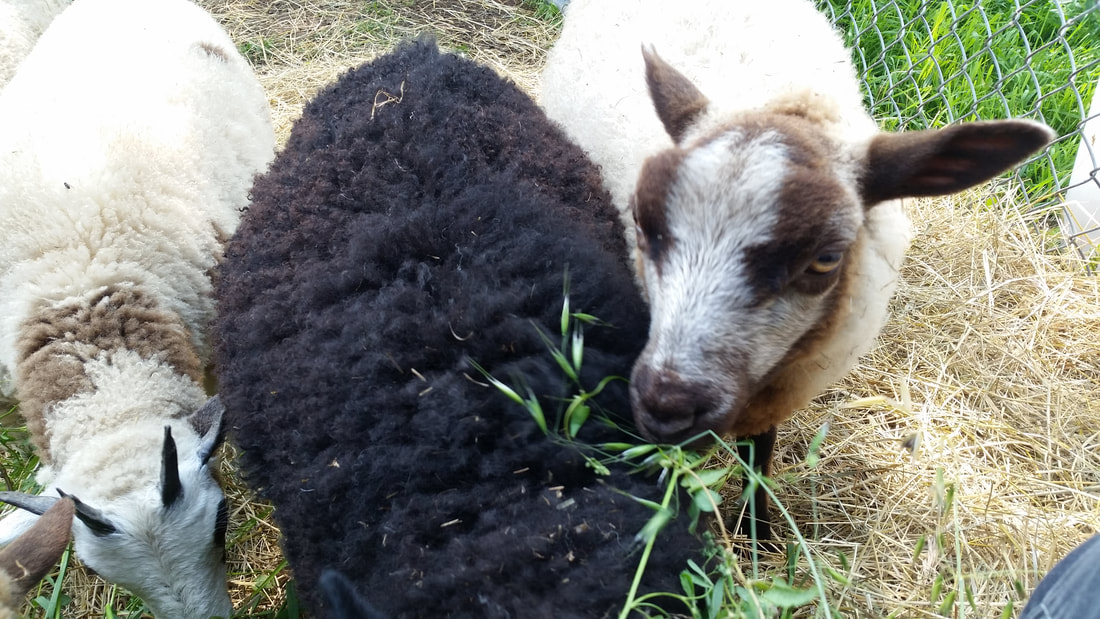
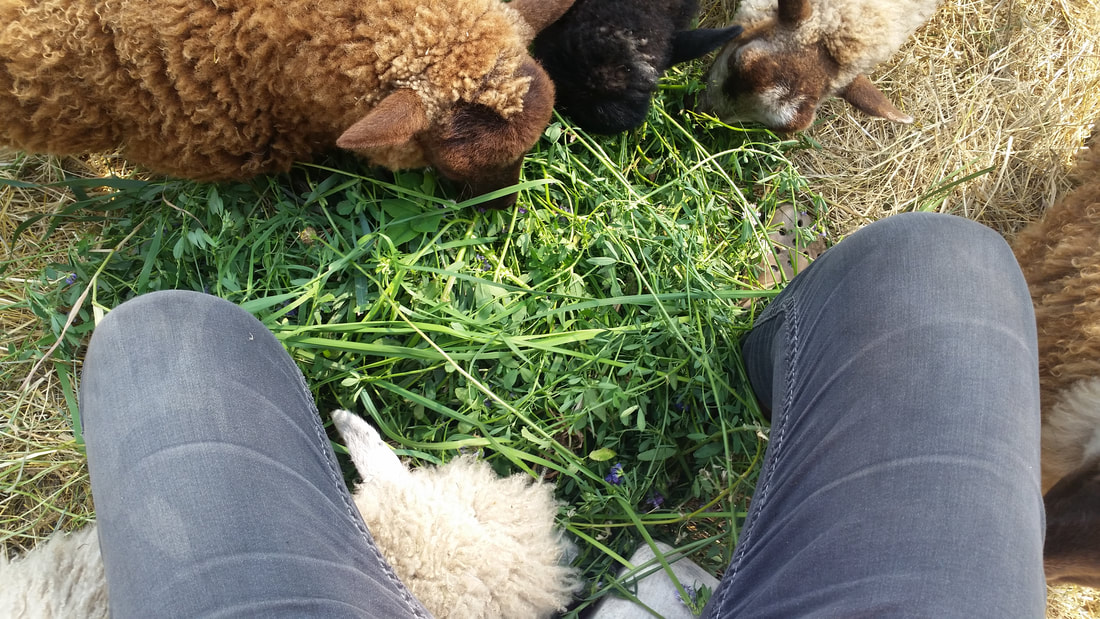
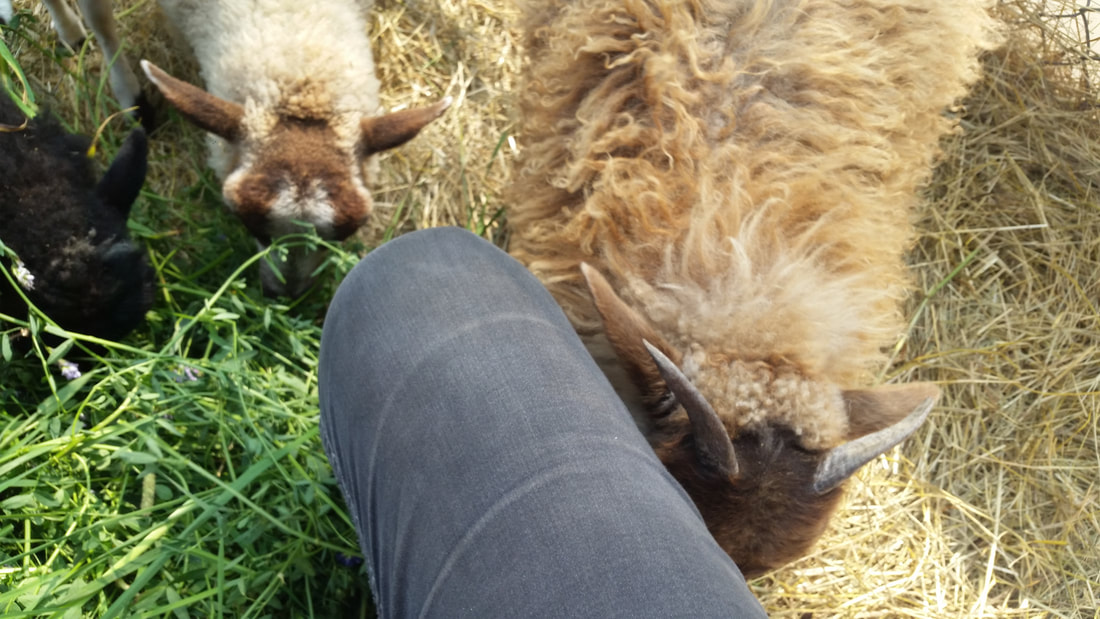
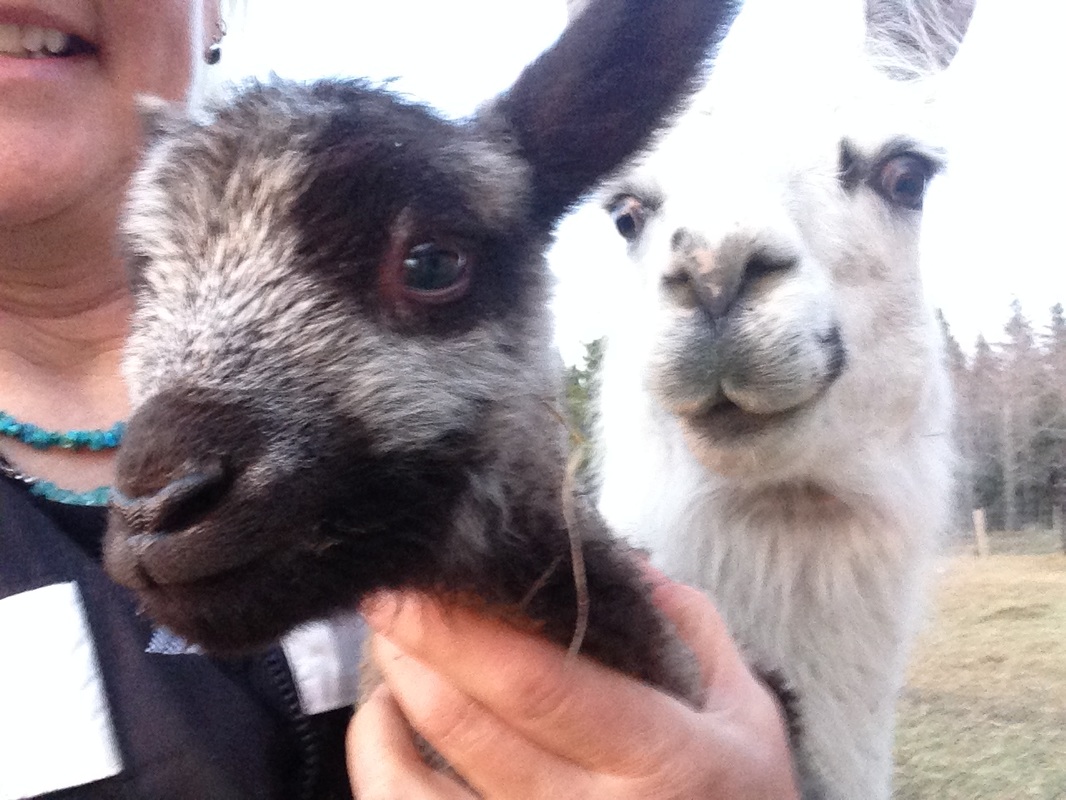
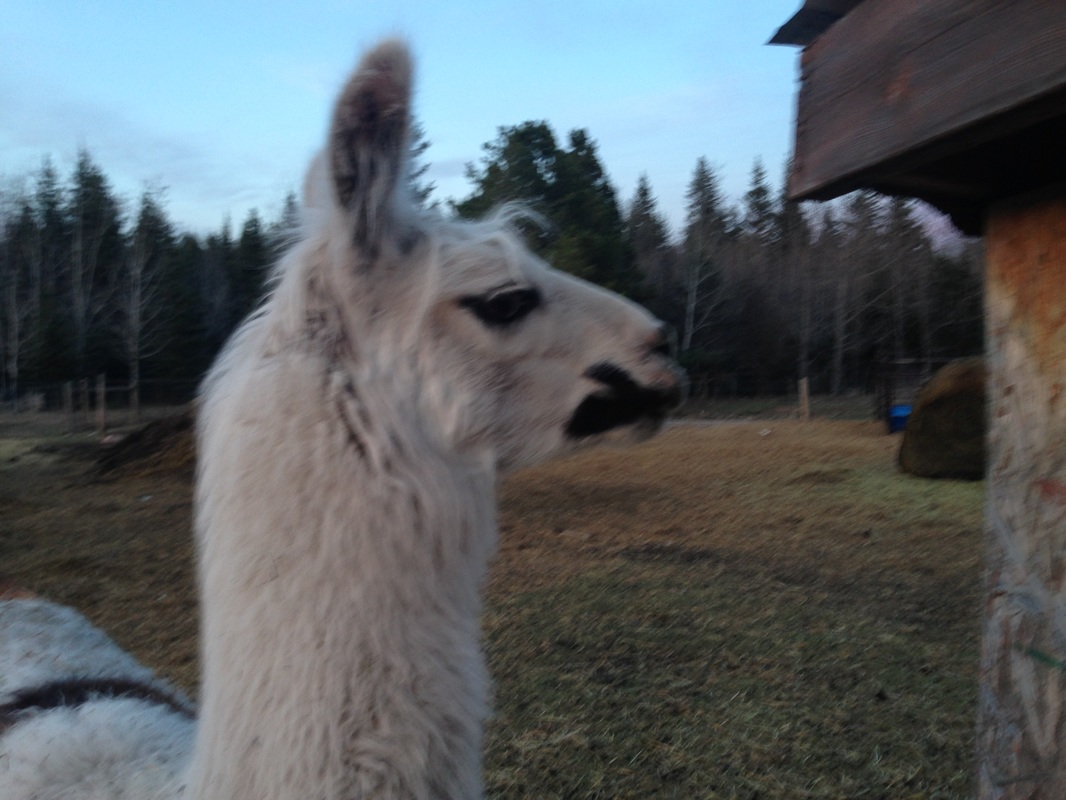
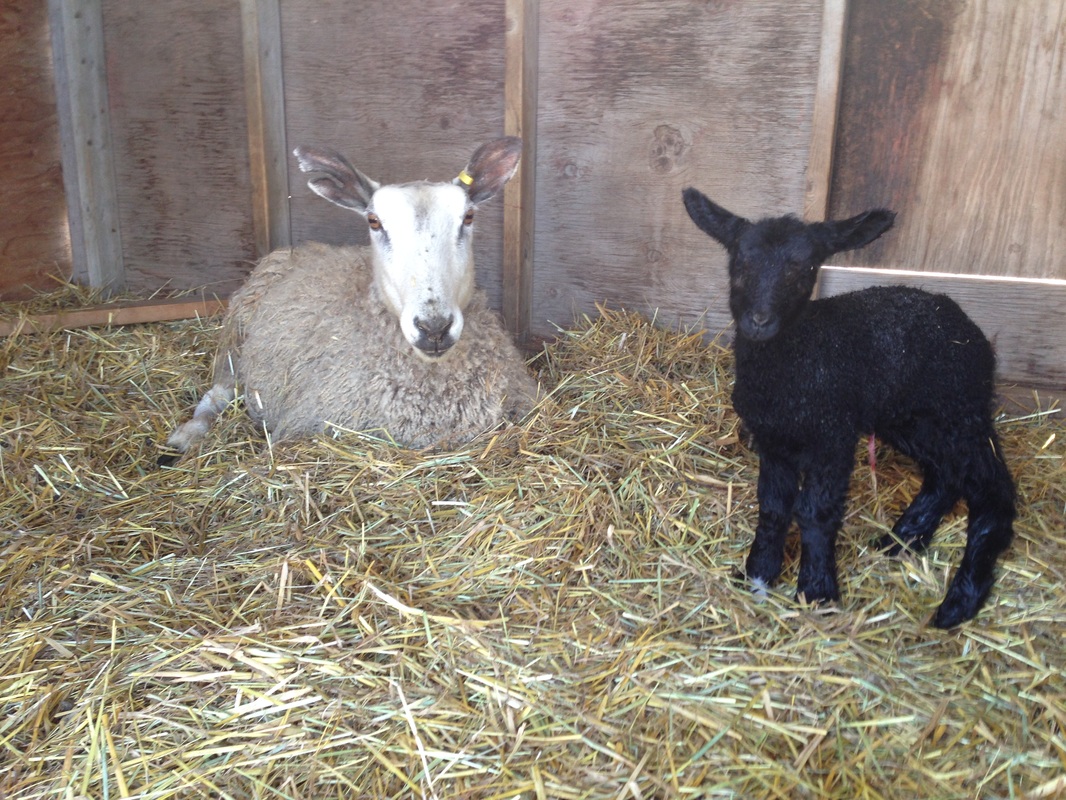
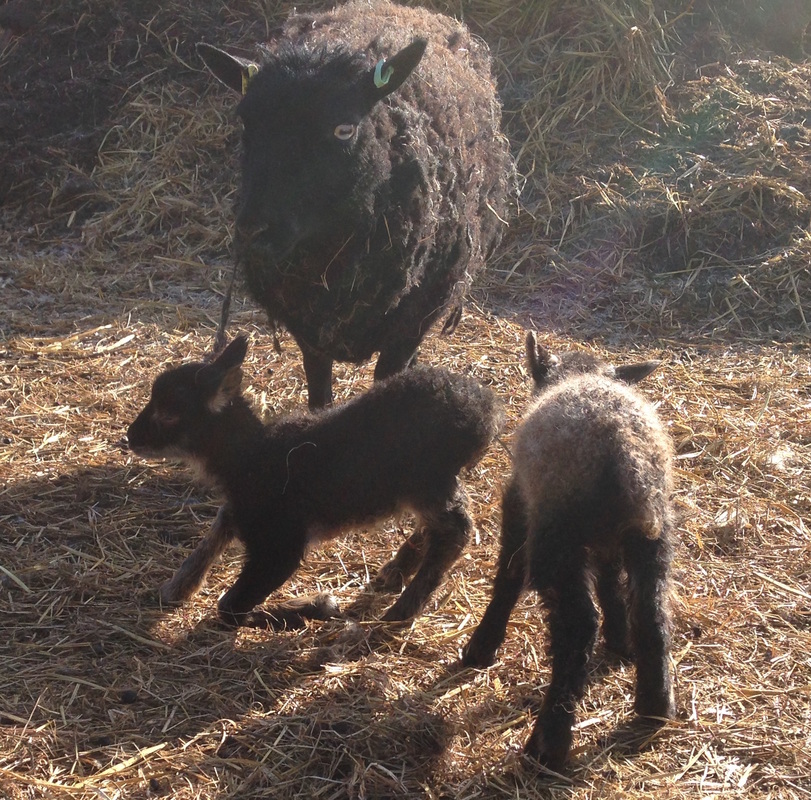
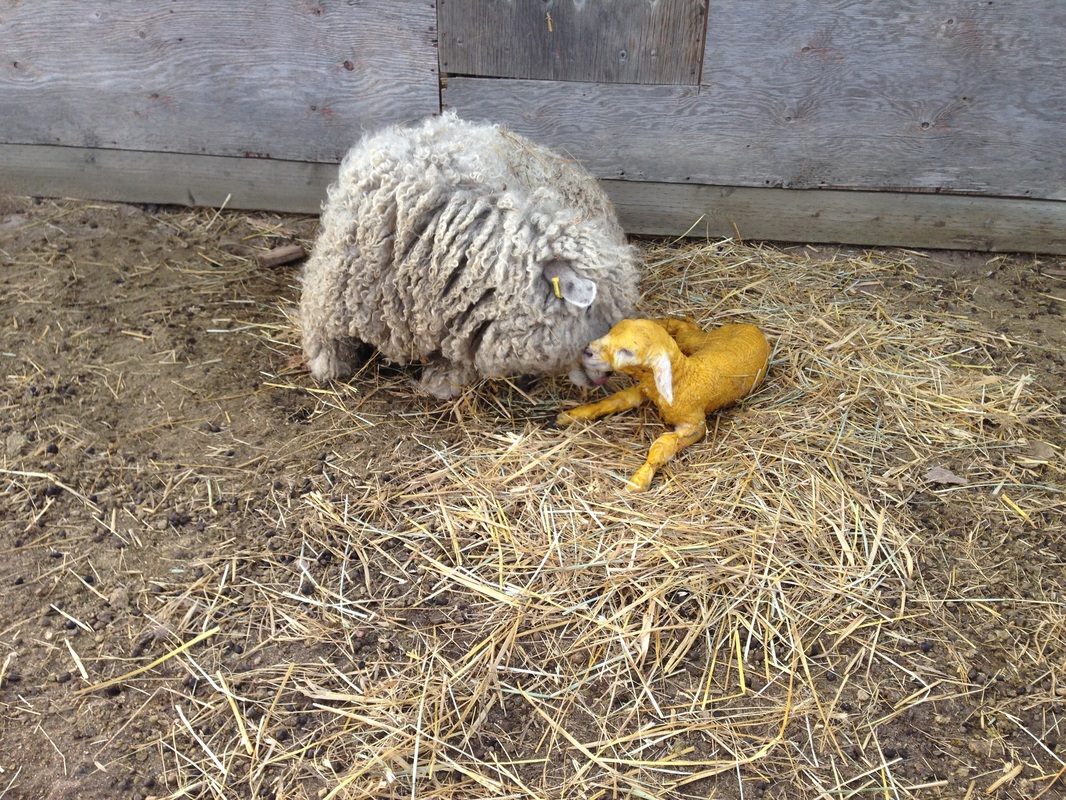
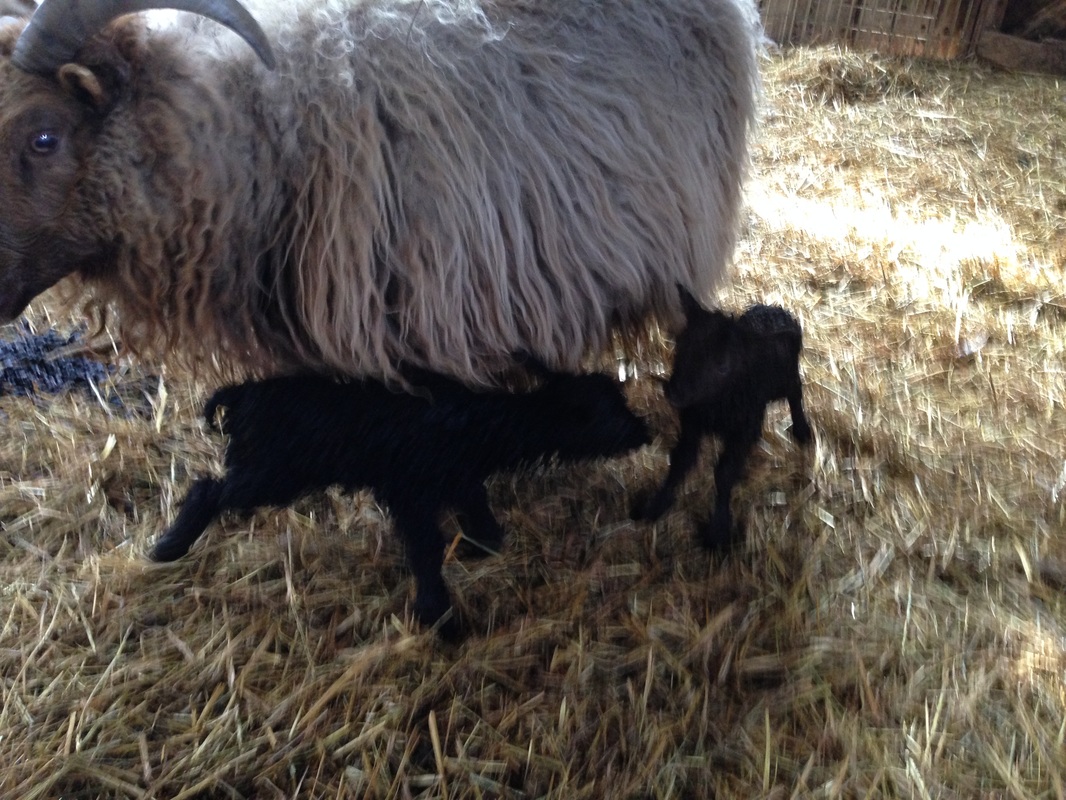
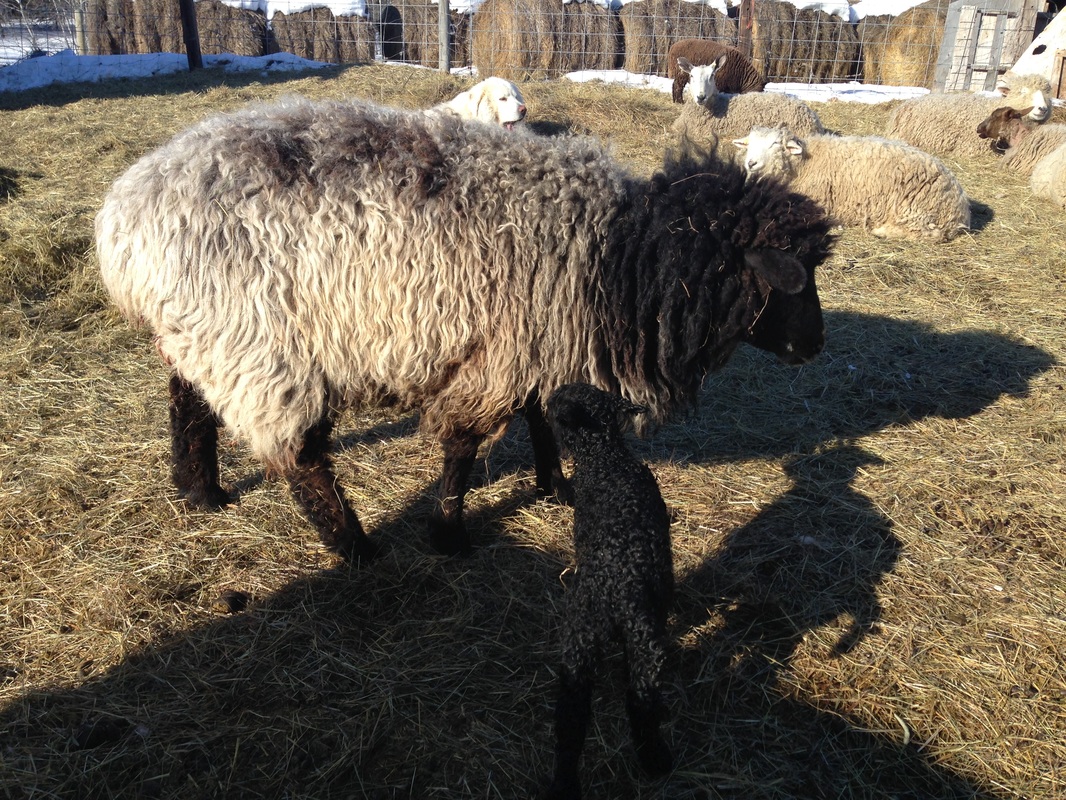
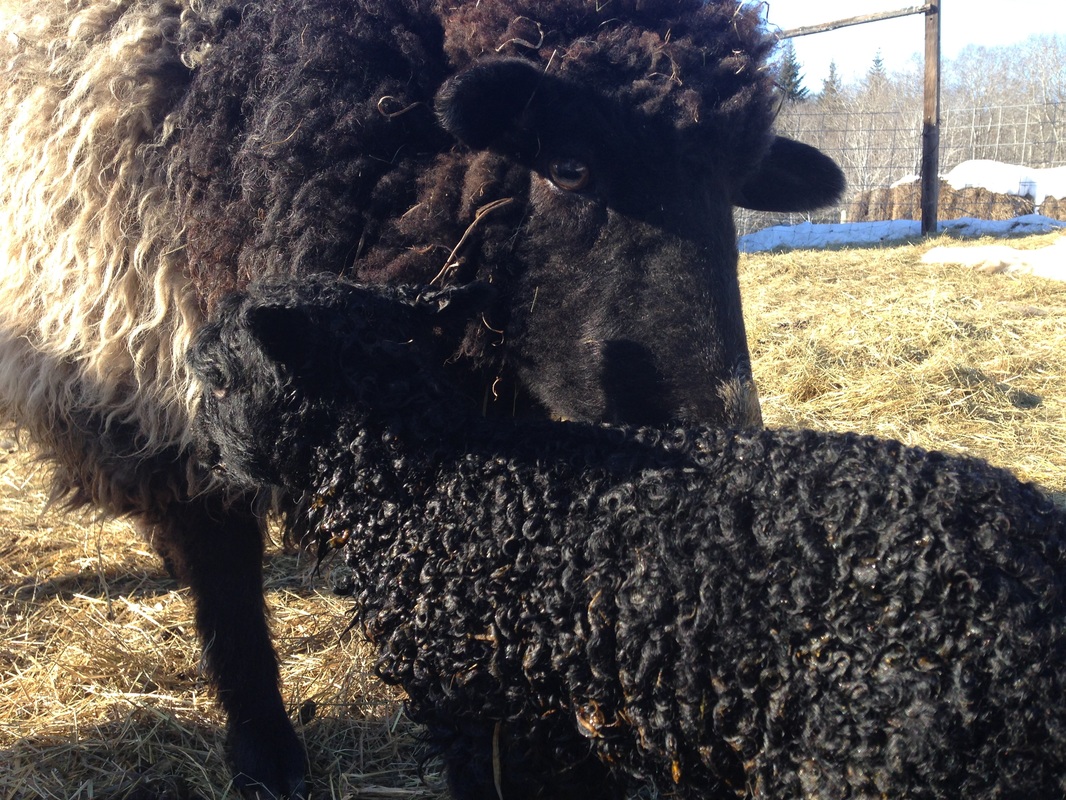
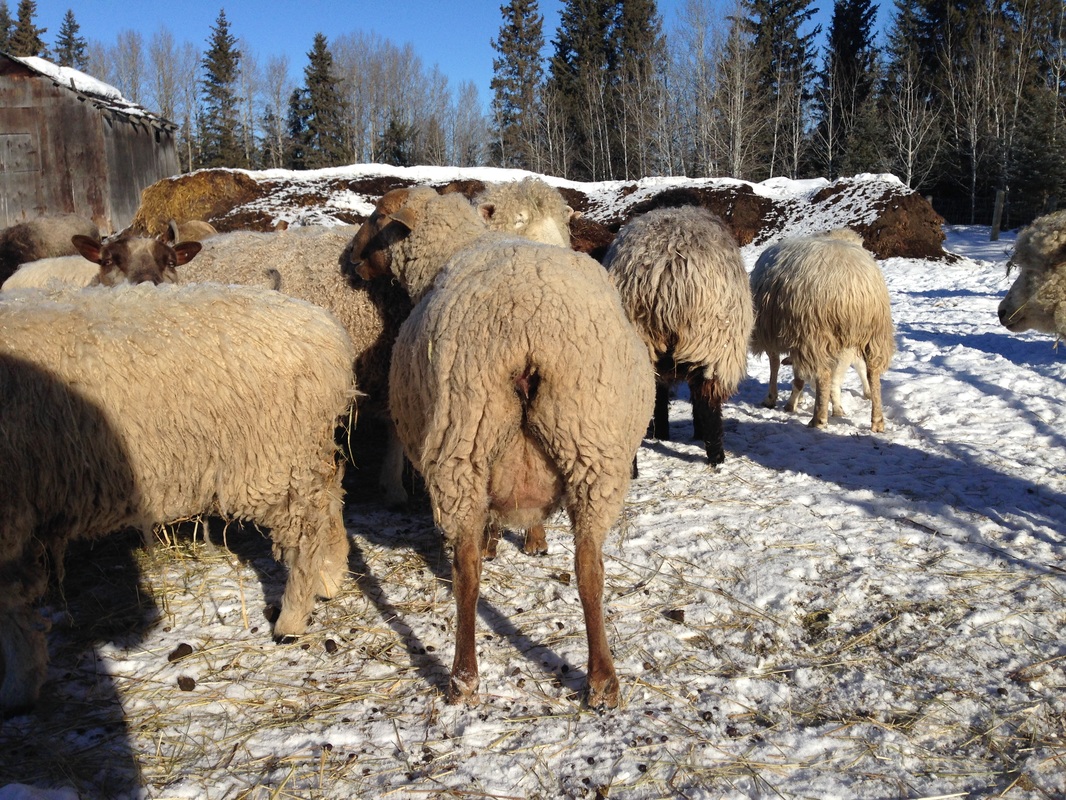
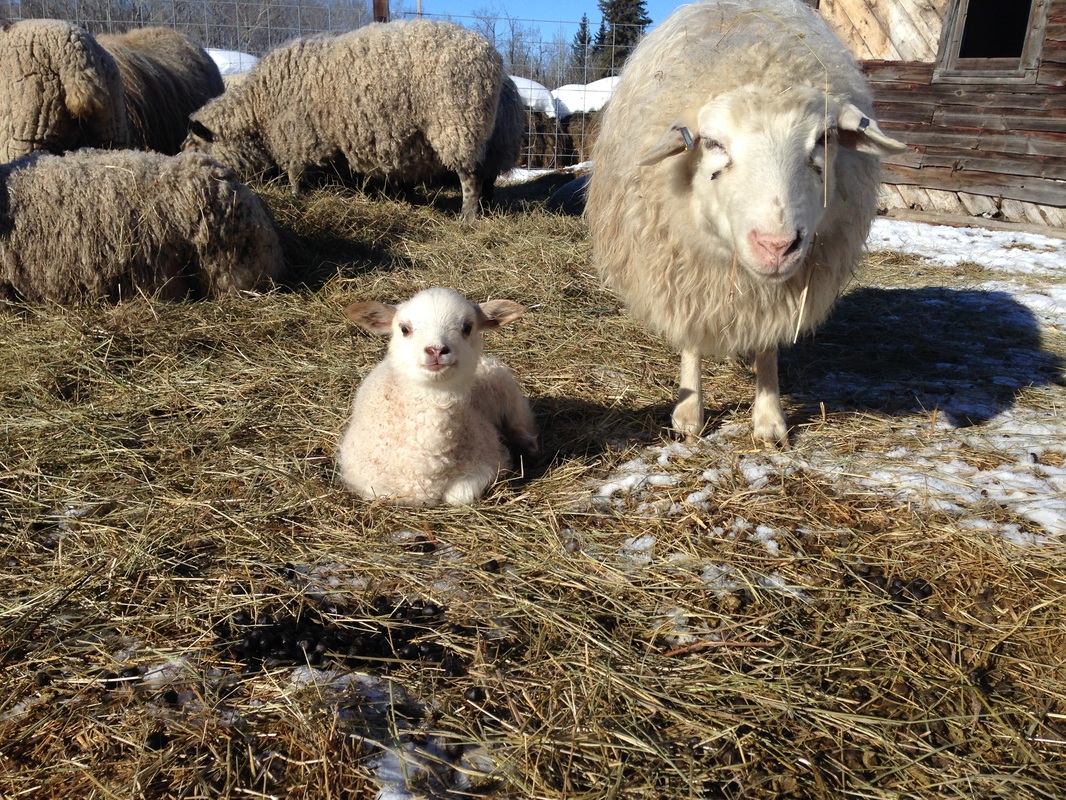
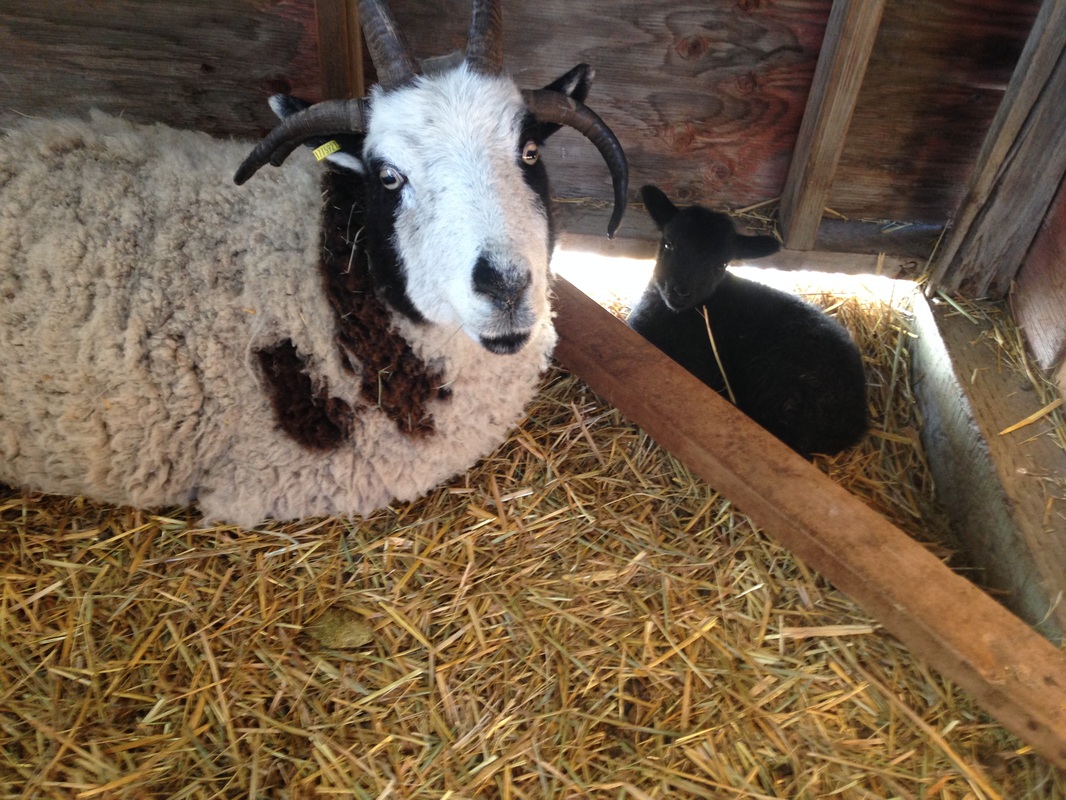
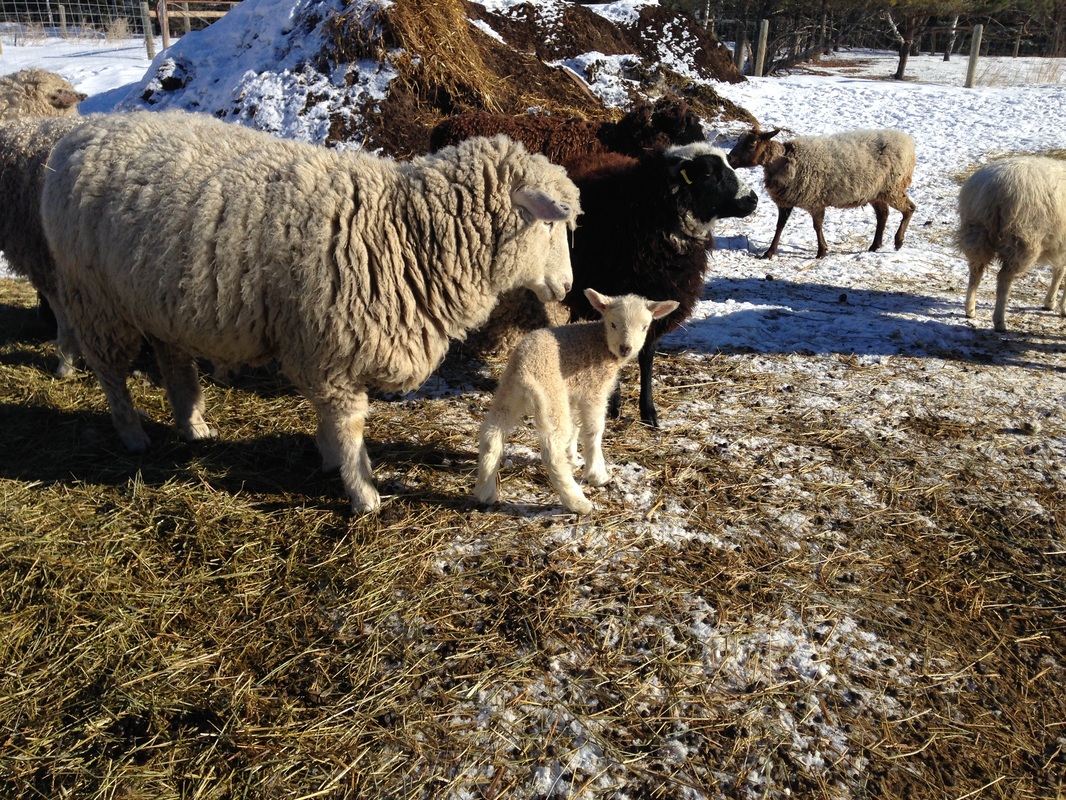
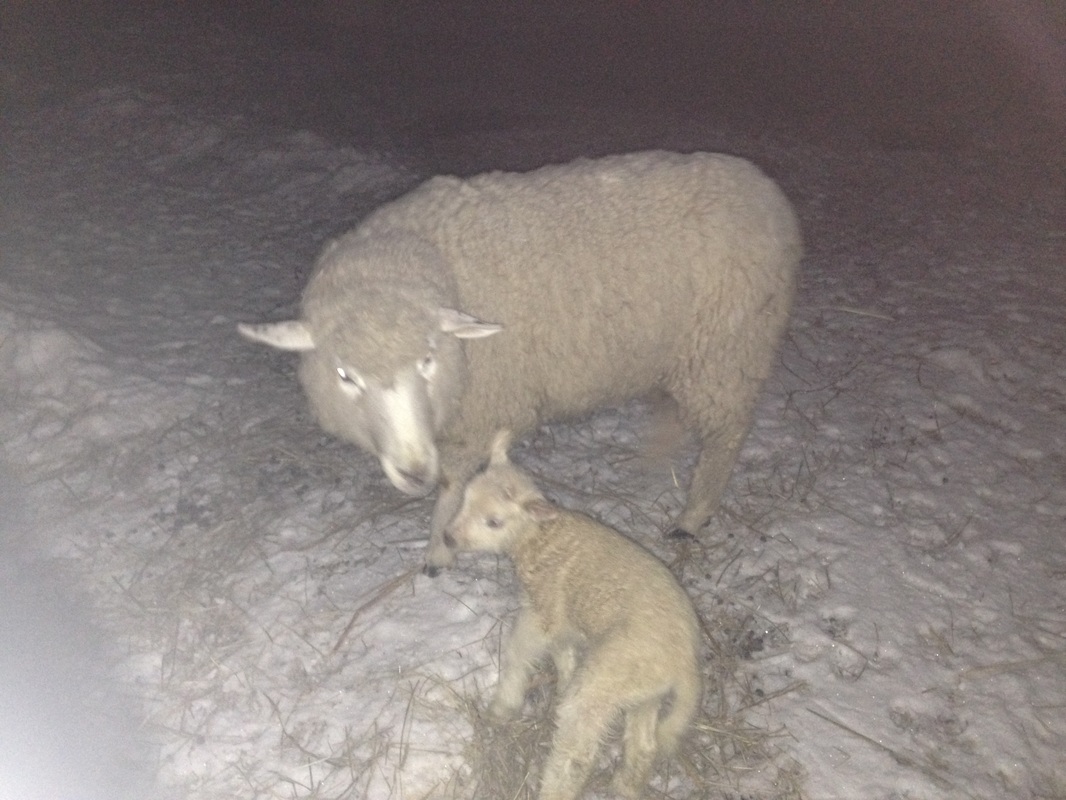
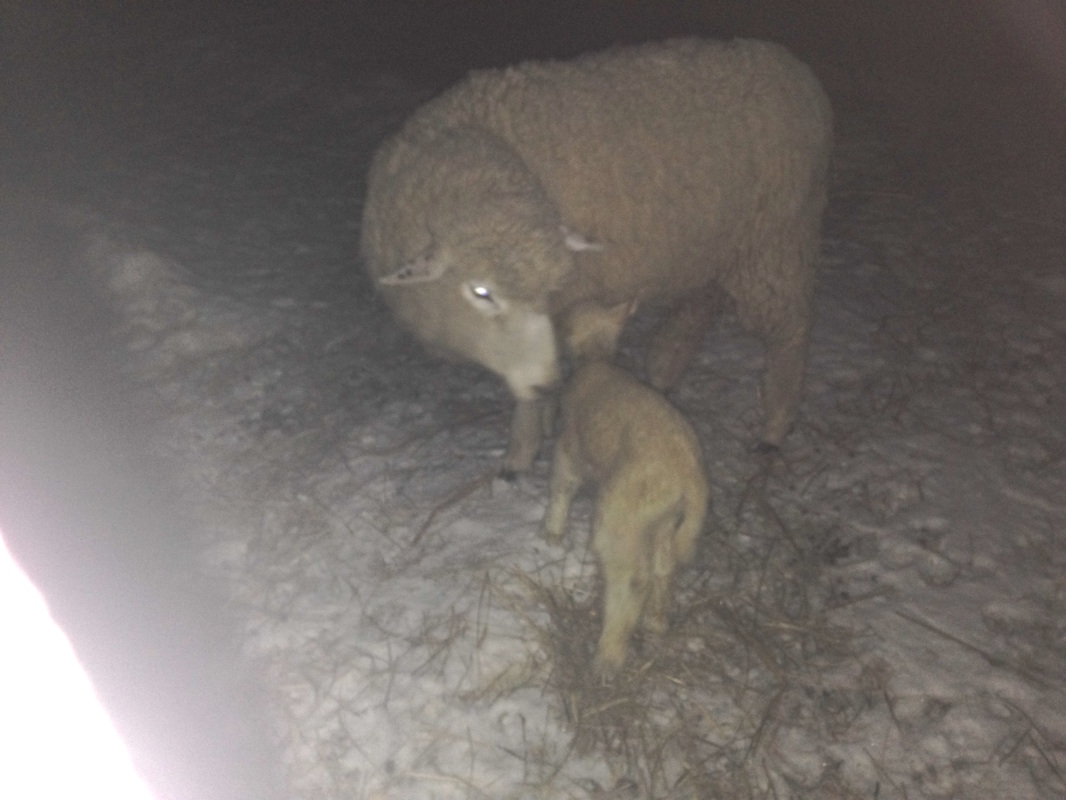
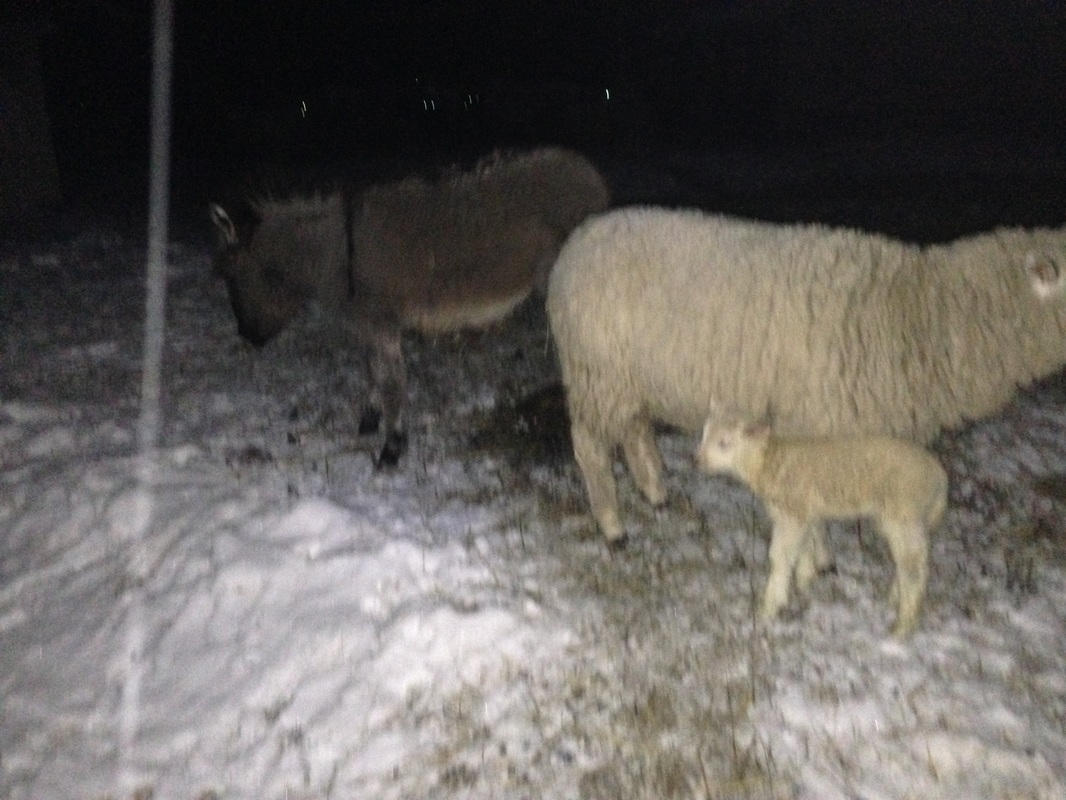
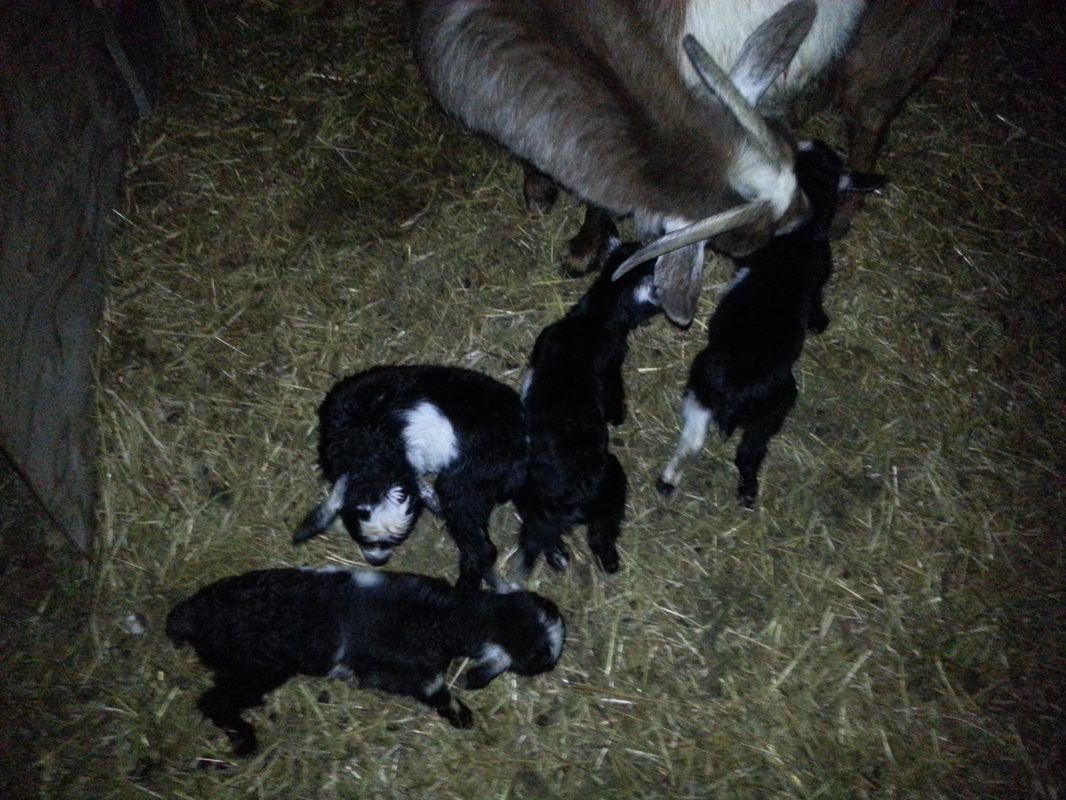
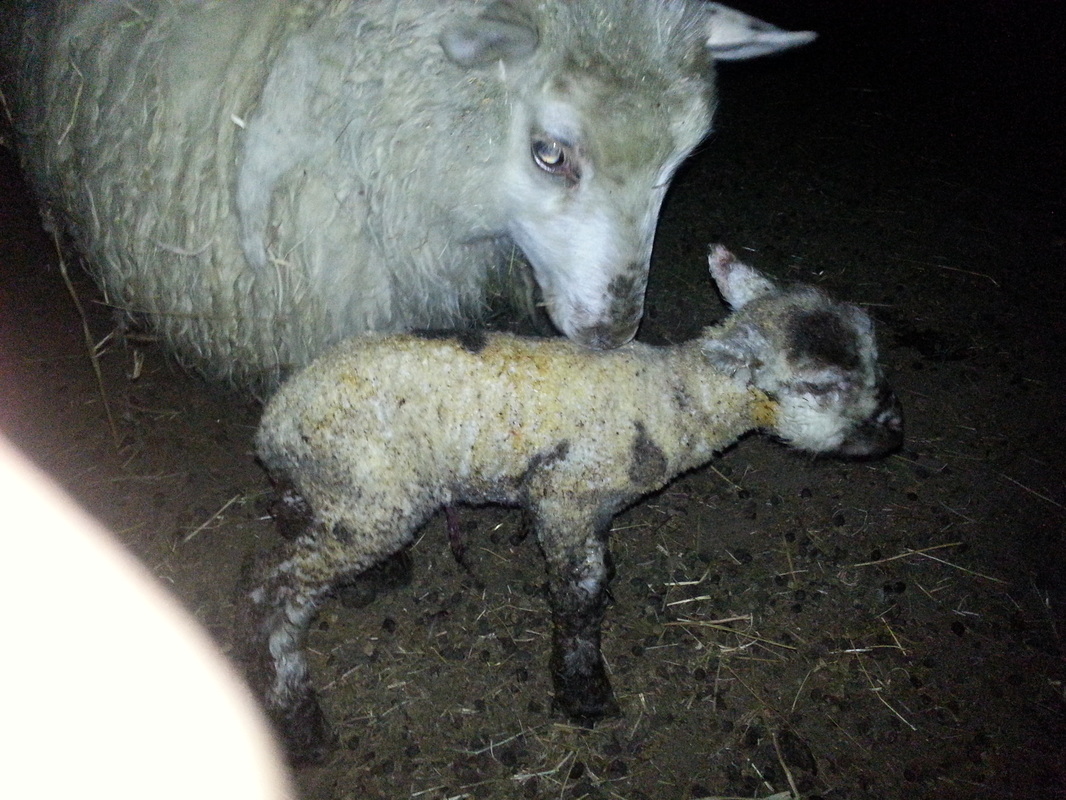
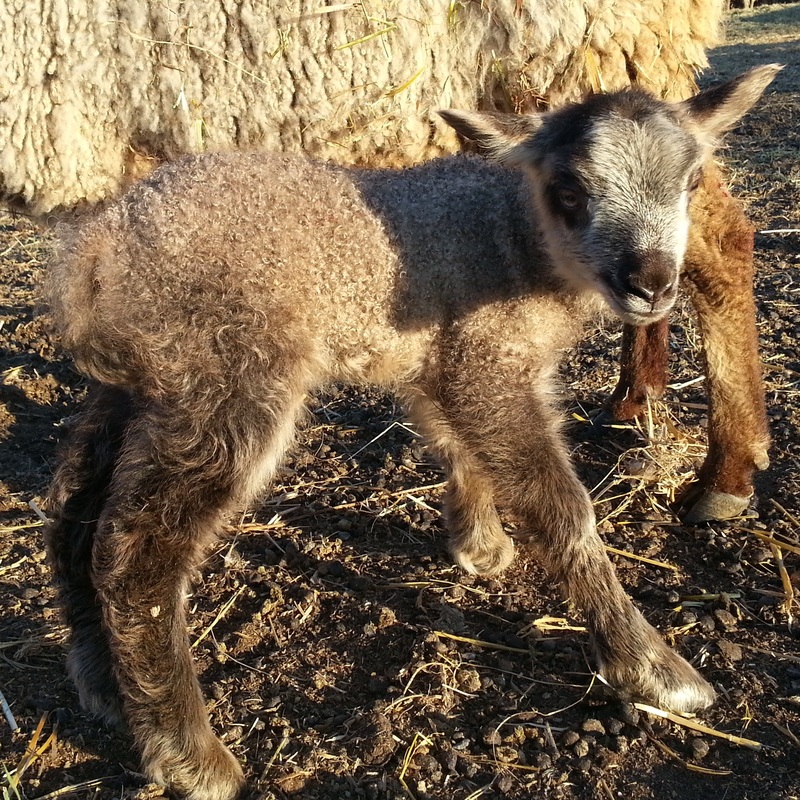
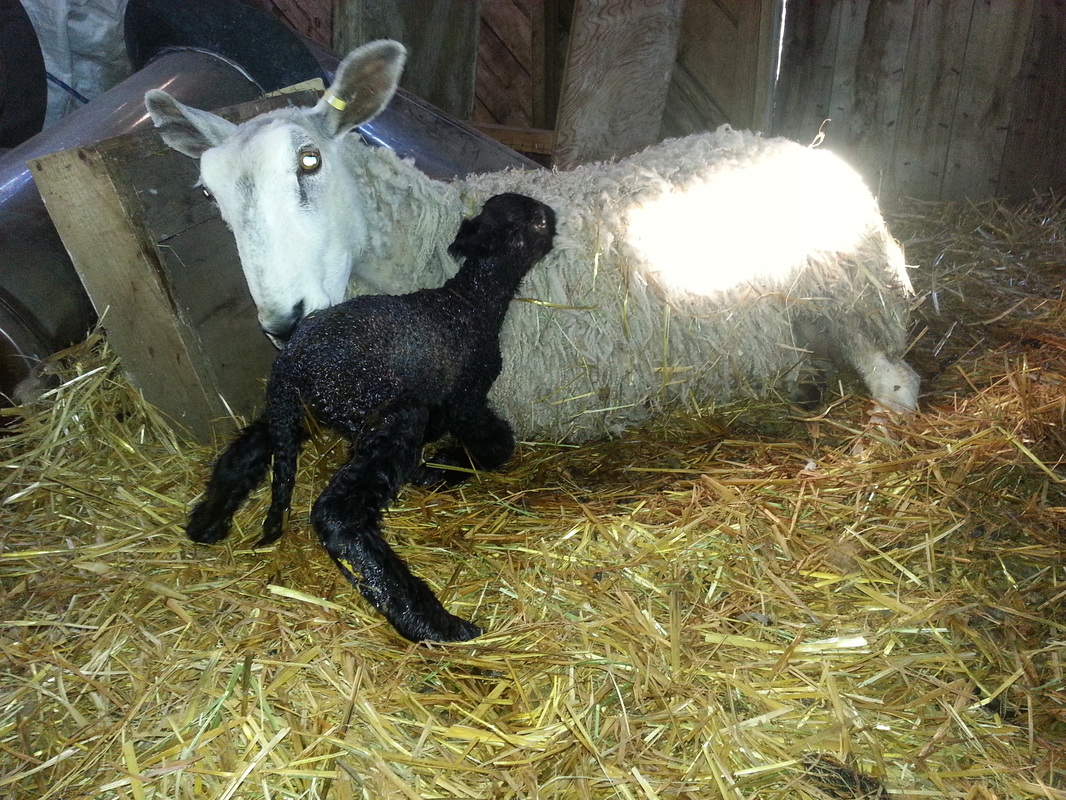
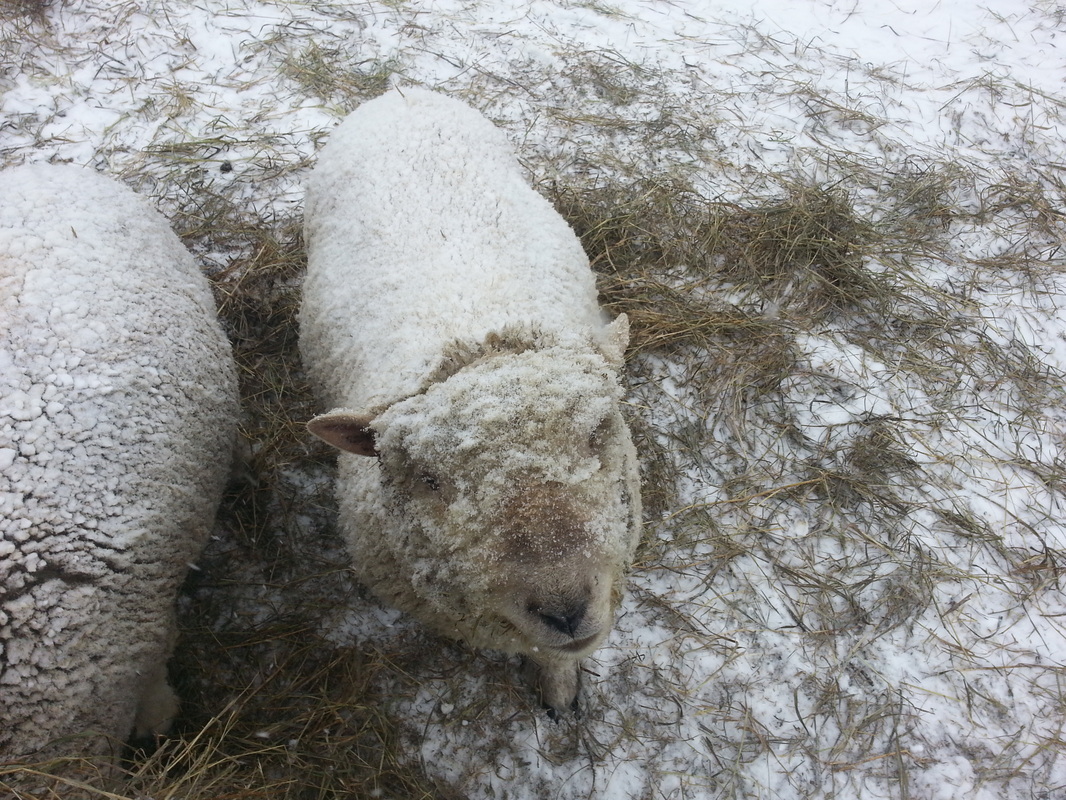
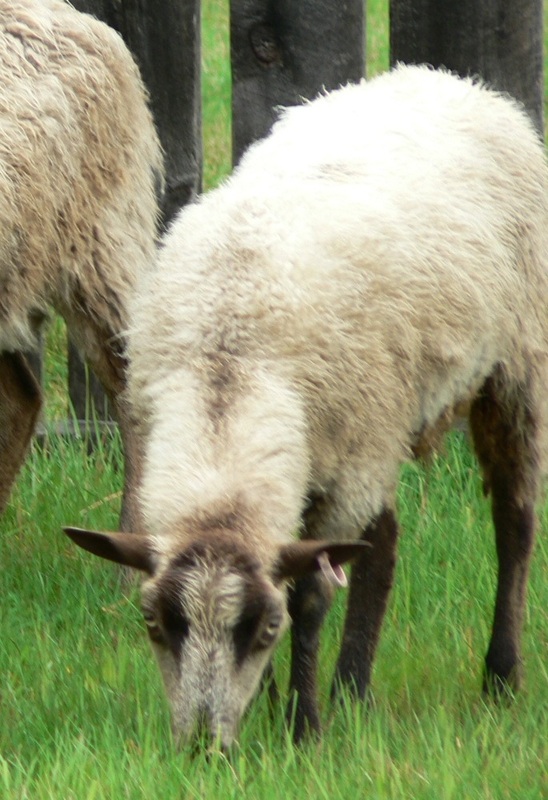
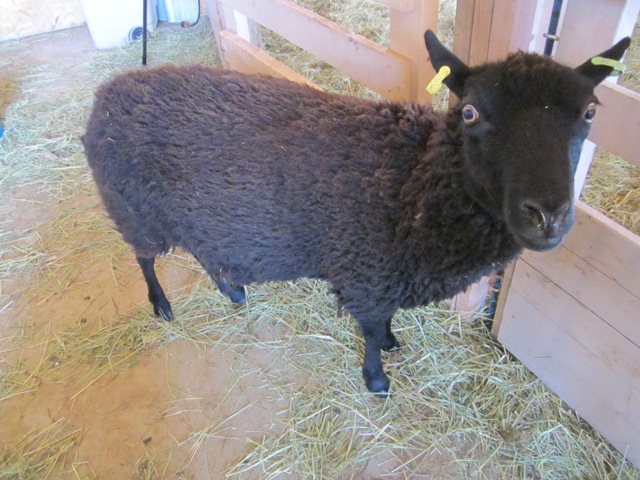
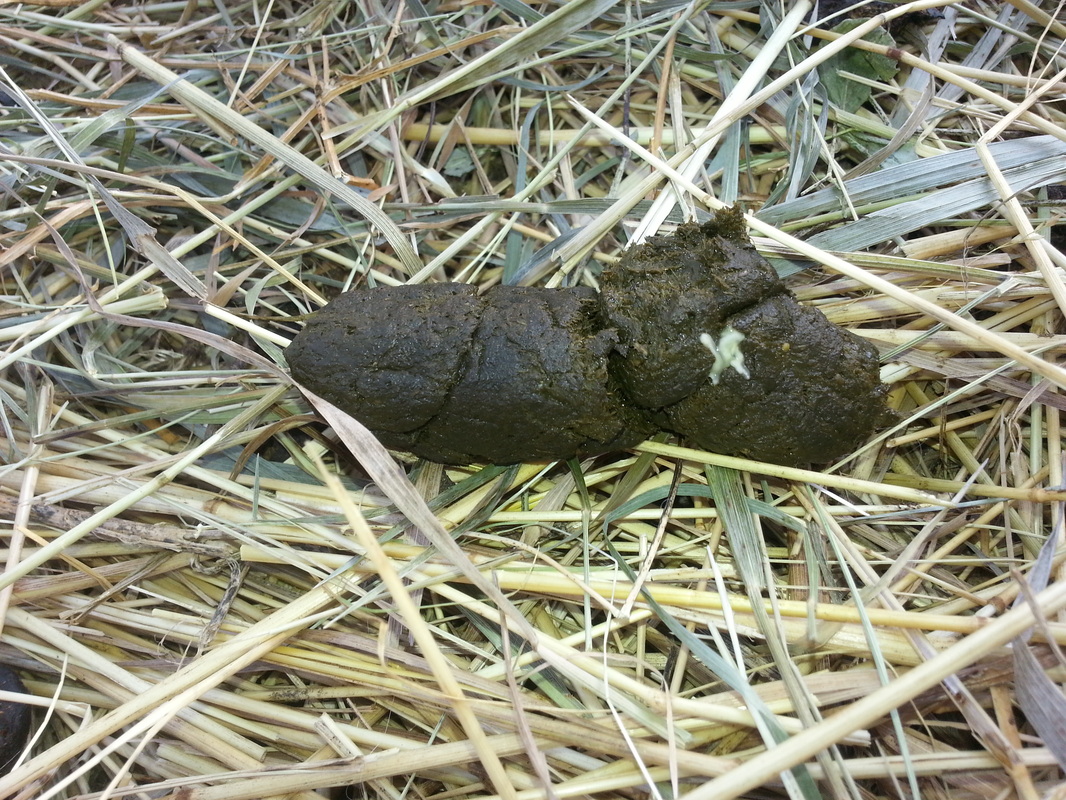
 RSS Feed
RSS Feed